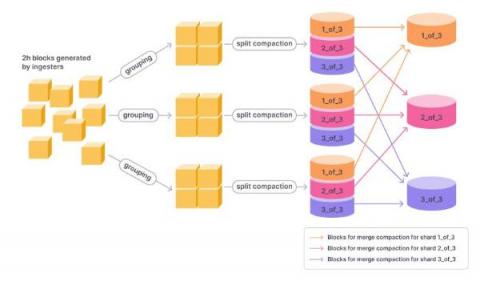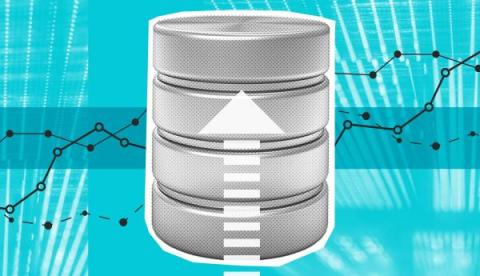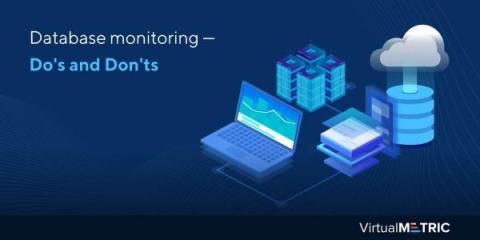Video: How to migrate to Grafana Mimir in less than 4 minutes
Since we launched Grafana Mimir — the most scalable, most performant open source time series database in the world — we have answered many of your questions about our latest open source project, including how to pronounce it. (All together now: /mɪ’mir/.) We have also walked through how we scaled Grafana Mimir to 1 billion active series.










